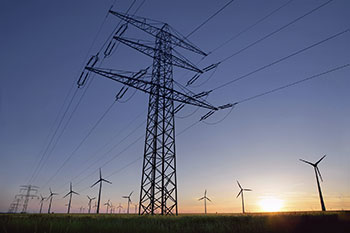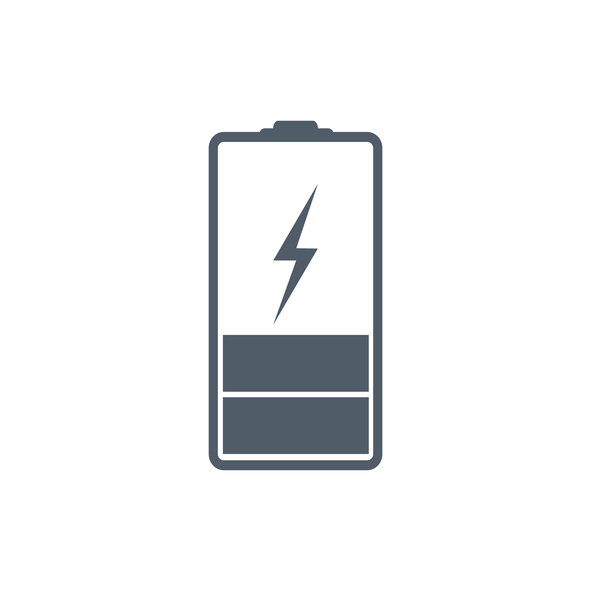 Researchers at KTH have successfully tested a new material that can be used for cheap and large-scale production of hydrogen – a promising alternative to fossil fuel.
Researchers at KTH have successfully tested a new material that can be used for cheap and large-scale production of hydrogen – a promising alternative to fossil fuel.
Precious metals are the standard catalyst material used for extracting hydrogen from water. The problem is these materials – such as platinum, ruthenium and iridium – are too costly to make the process viable. A team from KTH Royal Institute of Technology recently announced a breakthrough that could change the economics of a hydrogen economy.
Led by Licheng Sun, professor of molecular electronics at KTH Royal Institute of Technology, the researchers concluded that precious metals can be replaced by a much cheaper combination of nickel, iron and copper (NiFeCu).


 In order to power entire communities with clean energy, such as solar and wind power, a reliable backup storage system is needed to provide energy when the sun isn’t shining and the wind doesn’t blow.
In order to power entire communities with clean energy, such as solar and wind power, a reliable backup storage system is needed to provide energy when the sun isn’t shining and the wind doesn’t blow. Fuel cells play a major role in creating a clean energy future, with a broad set of applications ranging from powering buildings to electrifying transportation. But, as with all emerging technologies, researchers have faced many barriers in developing affordable, efficient fuel cells and creating a way to cleanly produce the hydrogen that powers them.
Fuel cells play a major role in creating a clean energy future, with a broad set of applications ranging from powering buildings to electrifying transportation. But, as with all emerging technologies, researchers have faced many barriers in developing affordable, efficient fuel cells and creating a way to cleanly produce the hydrogen that powers them. Researchers have proposed three different methods for providing consistent power in 139 countries using 100 percent renewable energy.
Researchers have proposed three different methods for providing consistent power in 139 countries using 100 percent renewable energy. Carbon-free energy: Is the answer blowing in the wind? Perhaps, but the wind doesn’t always blow, nor does the sun always shine. The energy generated by wind and solar power is intermittent, meaning that the generated electricity goes up and down according to the weather.
Carbon-free energy: Is the answer blowing in the wind? Perhaps, but the wind doesn’t always blow, nor does the sun always shine. The energy generated by wind and solar power is intermittent, meaning that the generated electricity goes up and down according to the weather. Editor’s note: On Jan. 22, 2018, the Trump administration announced plans to
Editor’s note: On Jan. 22, 2018, the Trump administration announced plans to 
 Water-based rechargeable batteries could be one step closer to commercial viability, thanks to
Water-based rechargeable batteries could be one step closer to commercial viability, thanks to